|
Back along the Windyhill Road towards Limavady and off to one side is Largantea Wedge Tomb. This is thought to be around 4,000 years old. The south facing ‘Wedge Tomb’ has been disturbed by excavation but has a large stone cap over one end. When archeologically excavated in 1936 it was found to contain the cremated remains of several adults and two infants. A bone dagger pommel and bronze blade were also recovered. The excavation was important for the time because it was the first discovery of ‘beaker’ pottery in an Irish megalith, This helped to establish that such tombs dated from or were at least used in the bronze age. When built the tomb would have been covered by a cairn of stones. Today, it is an overgrown group of large stones in a bog, but these are stones which are full of history and that speak of the long human occupation of this place.
0 Comments
On the far side of Binevenagh guarding the Windyhill Road as it descends from the Roe Valley into the flat plain surrounding Coleraine, the Giant’s Sconce or Dun Ceithirn was another important Iron Age Fort. From here there are extensive views across the Antrim Plateau almost all the way to Belfast. The only hill is Slemish Mountan near Ballymena far in the distance. It feels like the edge of the world. The name the fort is supposed to relate to grianan-of-aileach.htmlthe son of a Uliad king and the site was the location of a battle, predicted by St Columba, between the Uliad - the men of Ulster - and the Ciannachta who were based in the Roe Valley in 681AD. Like the more famous Grianan in Co Donegal, this fort is reported to have had very thick walls with a passage down the centre. The walls are now tumbled but the curve of the fortification can still be understood. It is a very atmospheric place, well worth the visit. Ballycastle Farm Aghanloo, Limavady. Reputed site of the first Anglo Norman fortification in the Limavady area and also the site of the Haberdashers Bawn during the Ulster Plantation. A beautiful place but little evidence of its interesting history-apart from its name- can be seen there today.
This unusual structure is a WWII training dome on the former Aganloo airfield near Limavady. This was used for training gunners during World War II. An image of an aircraft was projected onto the inside surface (which was lit up with blue florescent light to simulate the sky), and a dummy gun was fitted in the centre with a small projector which pinpointed where the gun was pointed. This is understood to be a unique survival in Northern Ireland. Three or four examples are understood to survive in the UK as a whole.
The Moon Garden, Drenagh. Constructed in 1968 and designed by Frances Rhodes of Somerset. A circular opening gives access to a Japanese inspired garden. A place to contemplate contemporary efforts to reach the moon perhaps? It is certainly a very beautiful and restful place. The Viewing Platform on the Drenagh Estate near Limavady is reached via a long grand staircase of 21 steps from the main gardens of the house behind. It looks out onto an enclosed glen which was originally planted to look like an Italian garden. The platform itself is designed like a classical gateway with a semi-circular niche with quarter-spherical head instead of an opening. A circular pool projects from its base and looks out towards another in the garden beyond. It is an elegant and secluded place.
Drenagh House just outside Limavady is a very elegant stately home set within a large demesne. Historic home of the McCausland family. Robert McCausland was agent of William Conolly who purchased the Limavady Estate from the Phillip’s family. Conolly, at one time Speaker of the Irish Parliament, acquired his riches buying and selling estates. McCausland erected the first house several hundred yards south east of this building in the 1730s. This was demolished to make way for the present house in the 1830′s. The building is very elegant and comands its surrounding landscape.
While Drumachose Church became an interesting ruin within the Drenagh estate, the view from ruin to house is equally worth seeing. In the distance through the trees is the south facade of the main house built by Charles Lanyon in the 1830′s.
Old Drumahose Chuch is a romantic ruin set high above a steep curve on the main road from Limavady to Coleraine. It is reputed to have been built on the site of a much earlier foundation in the 13th century. From 1197 to 1315 the ‘manor of the Roo'; was held by the Anglo-Normans and the chuch is thus likely to be a Norman construction. This probably explains why it is much bigger than most medieval churches in the area. It was used until the Ulster Plantation when a replacement church was erected in 'Newtown Limavady'. Cromwell is said to have blasted the south wall with his cannons ( OS Memoirs). The church was brought within the demesne of Drenagh House in the 1860s when the old road was rerouted and the line of this former road can still be seen. It is a very atmospheric place.
This building known as ‘the Hermitage’ is located on Roe Mill Road in Limavady. Hidden from the street by a high brick wall it looks south over historically landscaped grounds towards the River Roe. As a private house it was clearly built with some style and pretension with formal Doric columns flanking the entrance door and supporting a pediment which contains a semicircular window and a raking cornice with dentil course. The building has a vagulely American feel with faint echo’s of Thomas Jefferson’s Virginia University with its bright columns and stong pediment off set by deep red brick. The history of the house is that it was built around 1835 for the Cather Family owners of a distillery further along Roe Mill Road. David Cather reputedly started distilling between 1814 and 1818 and in 1835 the business passed to his son William. Output was 21,000 gallons in 1833/34. The distillery was expanded but was closed by 1859. One source suggests that this may be because William’s daughter, Margaret, was a very strong supporter of the Limavady Total Abstinence Society,
|
Marks of Time
Sketches of buildings in the North West of Ireland and further afield with a little information about their history. Categories
All
Archives
June 2024
|
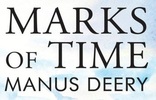
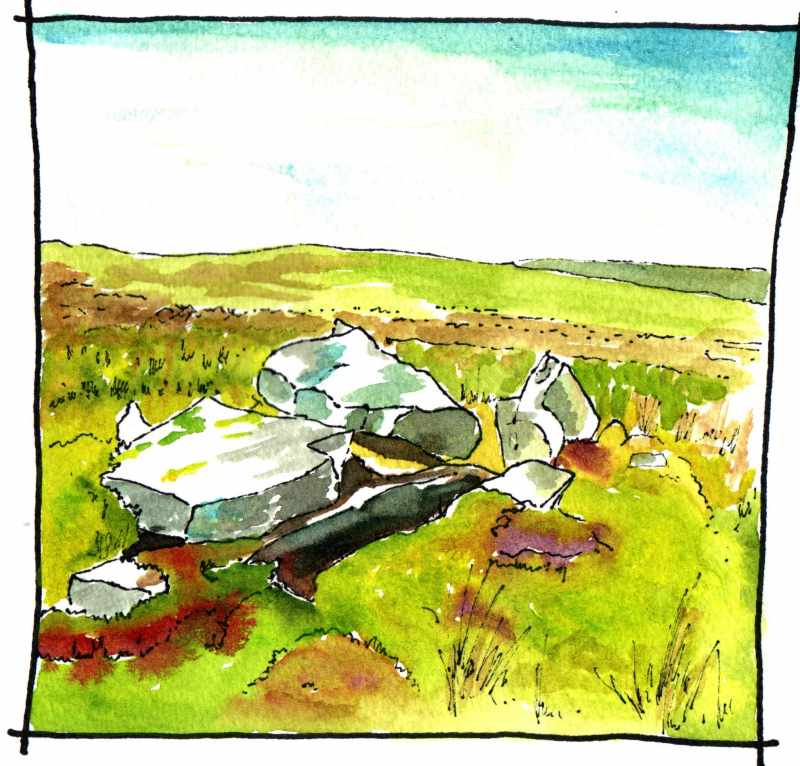
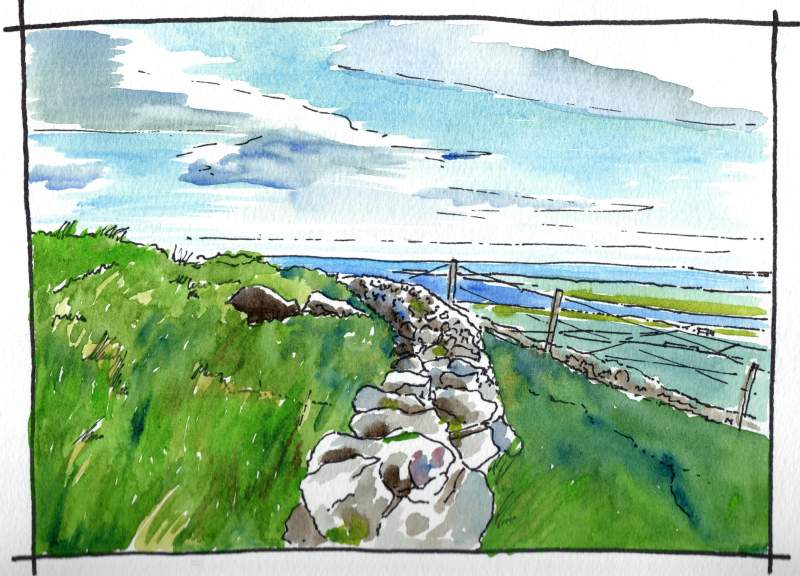
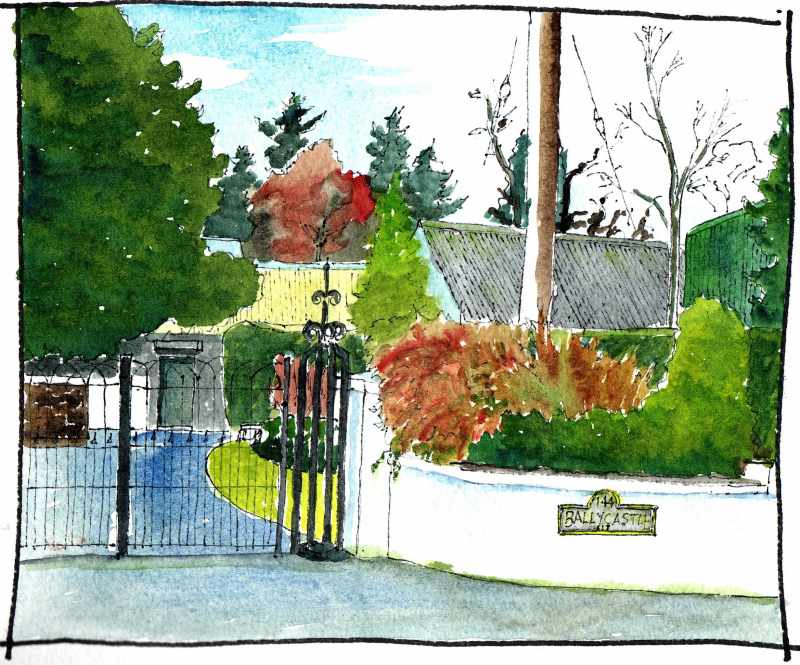
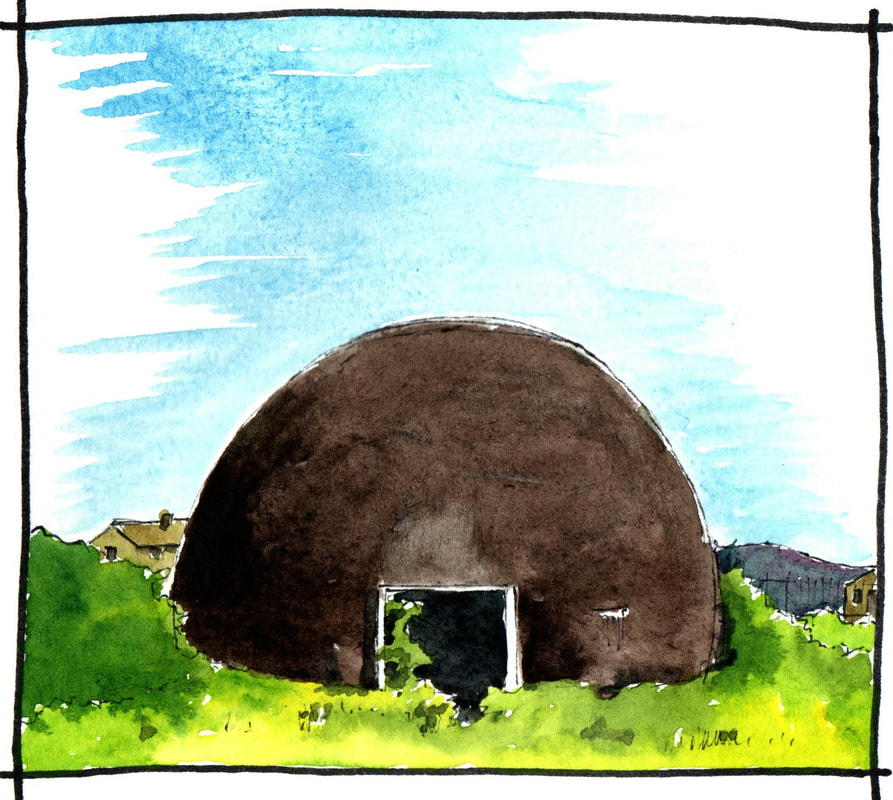
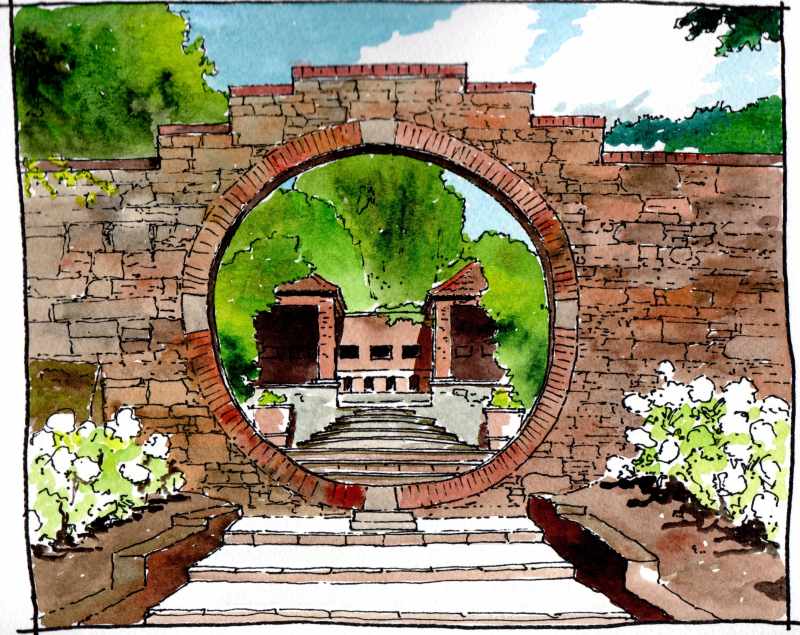
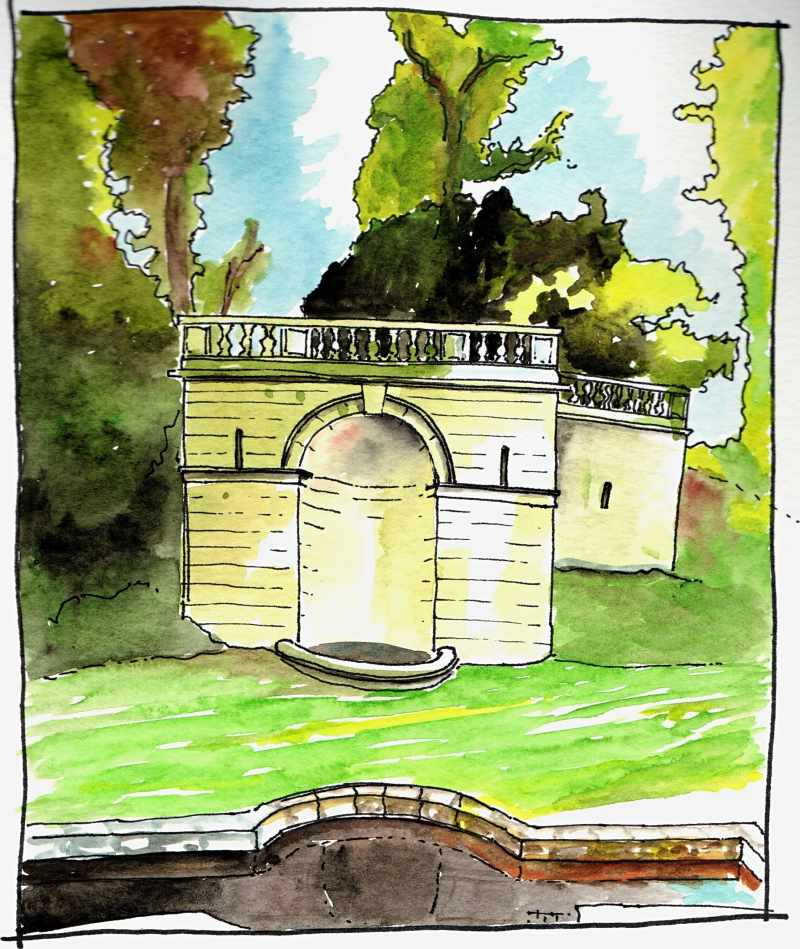
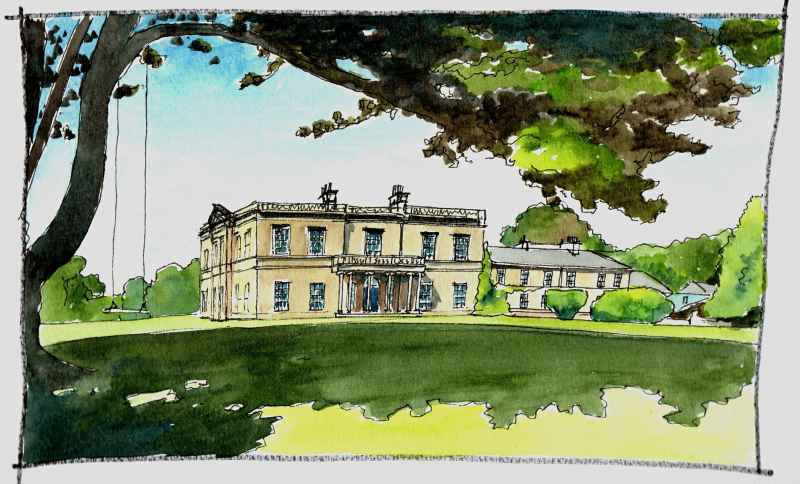
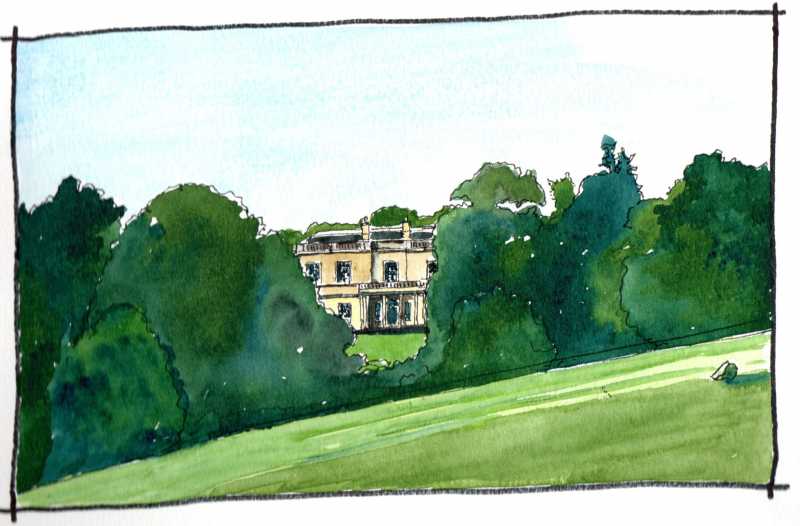
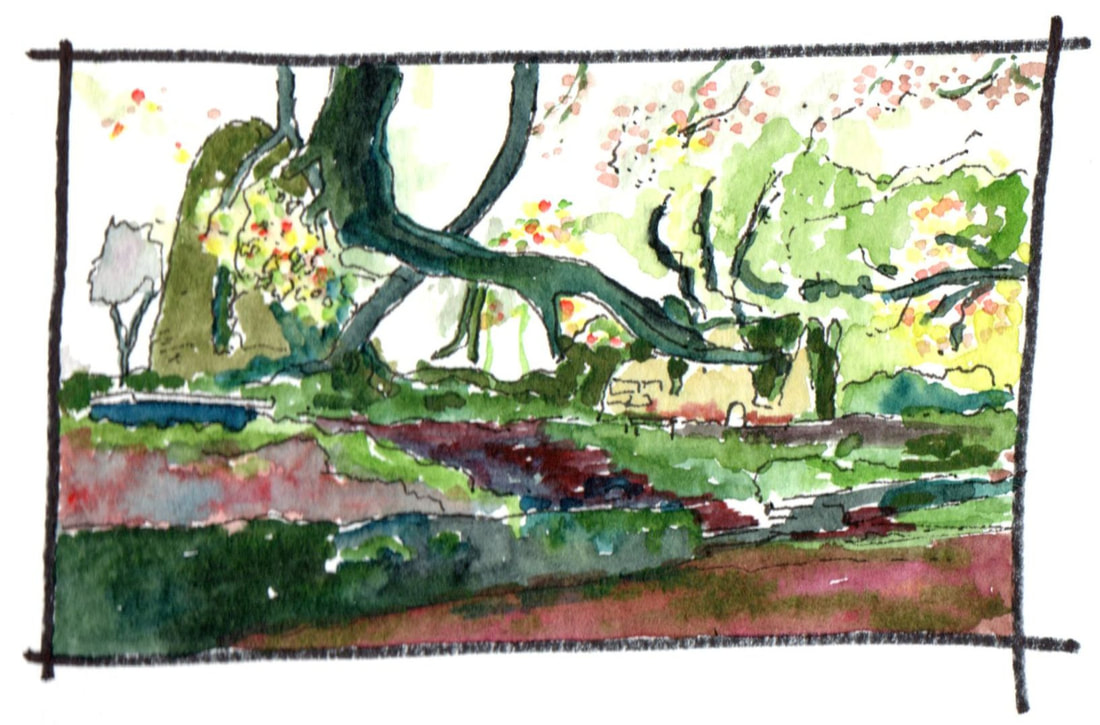
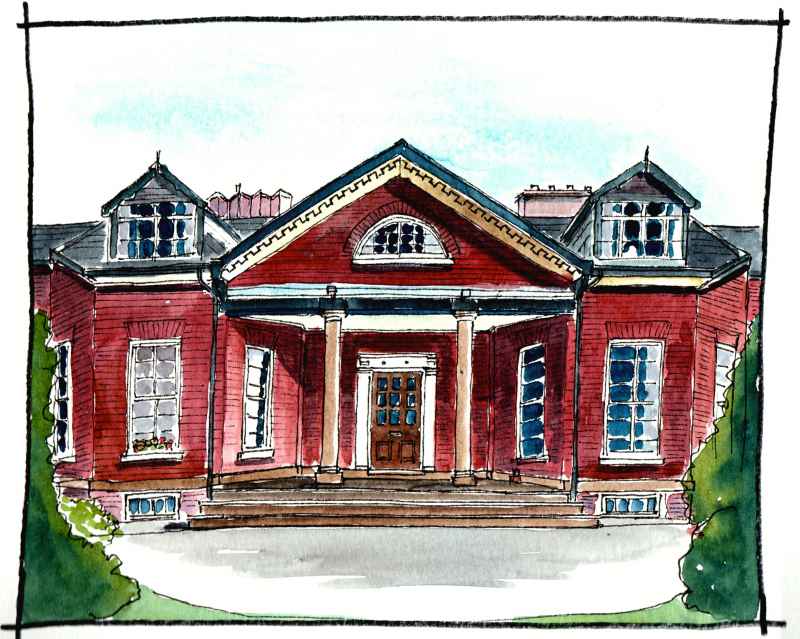
 RSS Feed
RSS Feed
